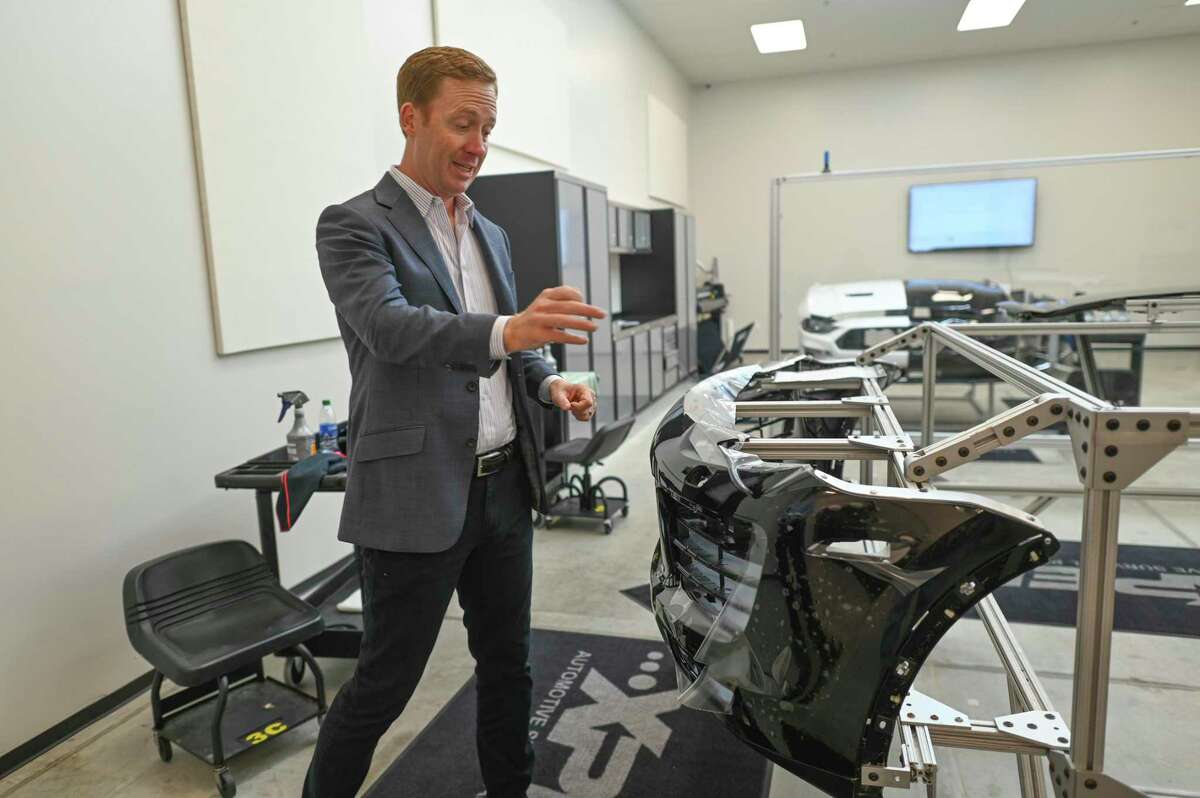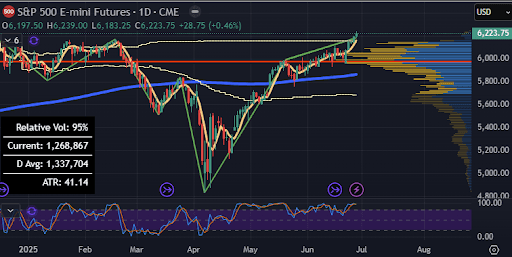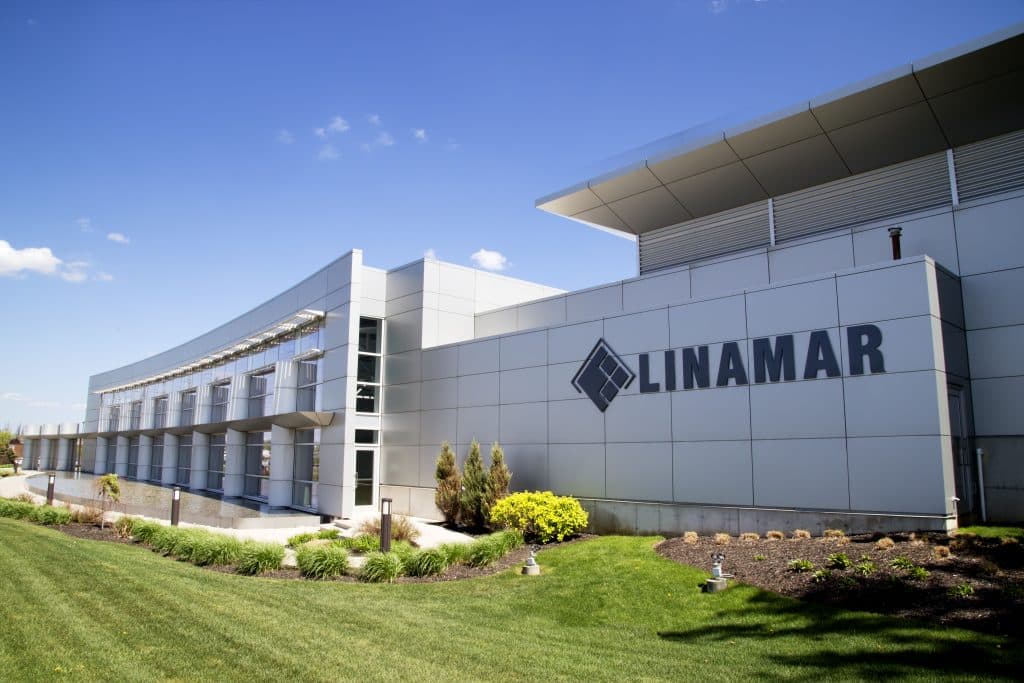XPEL's Manufacturing Push Could Recast Its Margin Narrative
XPEL plans to spend US$75 million to US$150 million on manufacturing and supply chain upgrades as it seeks margin gains and product innovation. Investors face a trade off between a projected valuation upside and rising competition that could pressure execution and profitability.
Listen to Article
Click play to generate audio

XPEL reported third quarter 2025 revenue of US$125.42 million, yet quarterly net income fell year over year, underscoring the tension between growth and profitability as the company scales. Management simultaneously announced a significant capital program, committing US$75 million to US$150 million over the next two years to expand manufacturing capacity and shore up supply chain capabilities, and introduced a new COLOR Paint Protection Film at the SEMA Show in Las Vegas as part of an innovation led growth push.
The company and its analysts laid out an ambitious 2028 financial target, forecasting US$644.9 million in revenue and US$100.3 million in earnings. Achieving that target implies annual revenue growth of 12.8 percent and an earnings increase of US$51.6 million over the current US$48.7 million. The forecast yields a calculated fair value of US$52.00 per share, about 29 percent above the current market price, a gap that frames the investment case for buyers weighing near term risks against longer term upside.
On raw metrics the plan is demanding but quantifiable. The 2028 earnings projection implies a net margin of roughly 15.6 percent, a material improvement over the recent performance trajectory. The stated manufacturing investment would amount to approximately 11.6 percent to 23.3 percent of forecasted 2028 revenue, depending on whether the company invests at the low or high end of its range. That scale of spending signals management expects material operating leverage from in house capacity and supply chain efficiencies rather than incremental sales alone.
There are clear execution risks. The market for automotive surface protection and specialty films is expanding, drawing intensified competition from global rivals increasingly targeting the same end markets. Those competitors may have different cost structures, geographic footprints, or scale advantages that could blunt XPEL's margin improvements or force price investment. For investors the question is whether XPEL can translate capital expenditure into durable margin expansion, and how long that transformation will take relative to current valuation expectations.
Macro conditions also matter. The cost of capital will influence the effective burden of the planned spending, while supply chain policy shifts, tariffs, and incentives for domestic manufacturing can alter returns on investment. In an environment of still elevated interest rates, higher financing costs raise the hurdle rate for projects intended to deliver margin improvement by 2028. Conversely, policy measures that favor reshoring and local production could enhance the value of added domestic capacity.
For shareholders the calculus is straightforward but not easy. The 29 percent implied upside assumes both execution and market acceptance of new products such as the COLOR film. If those elements come together and XPEL hits the 12.8 percent revenue growth path, the manufacturing program could reframe the company as a higher margin, innovation driven manufacturer. If competition erodes pricing or execution falters, the capital outlay could extend the timeline to profitability gains and compress returns. Investors will be watching upcoming quarters closely for signs that revenue growth, product adoption, and margin trajectories are aligning with the companys optimistic blueprint.


